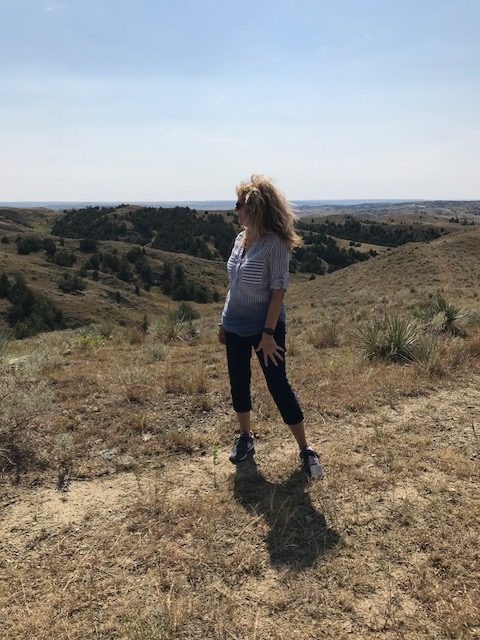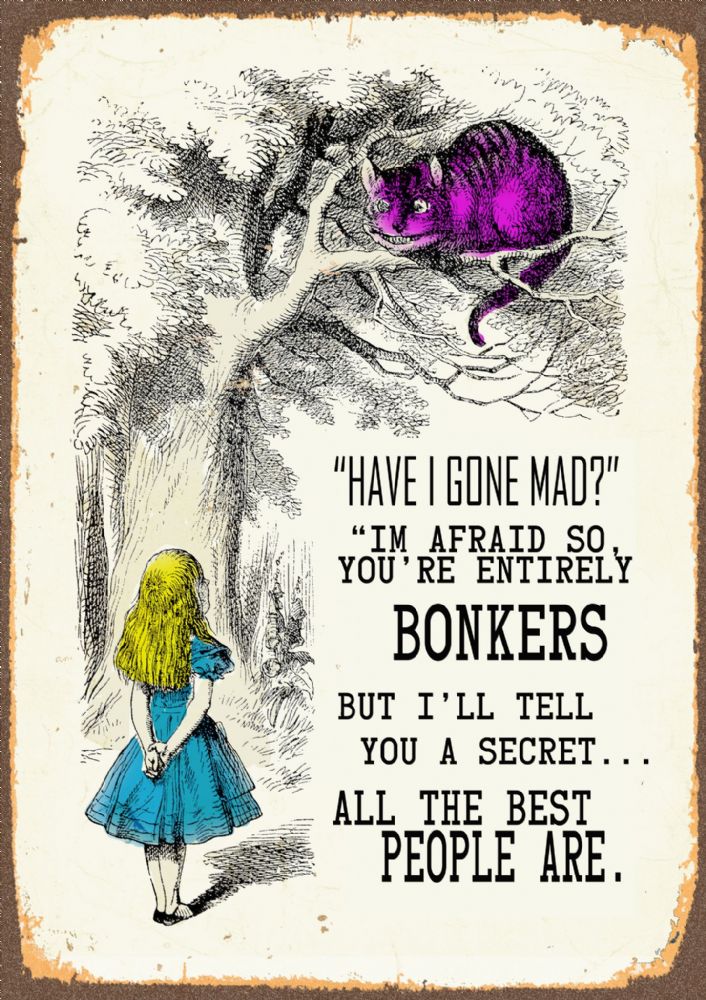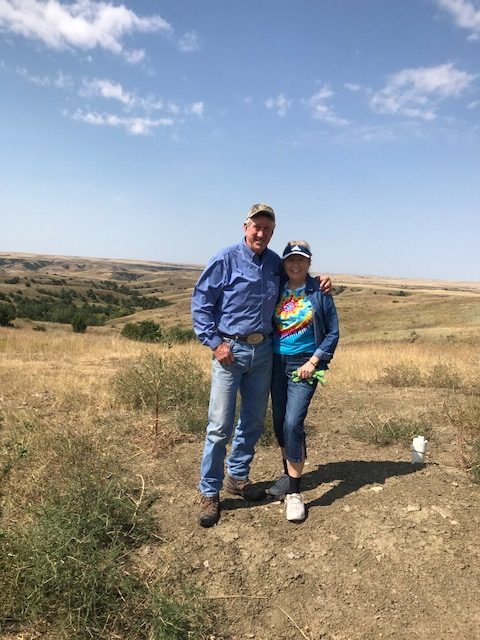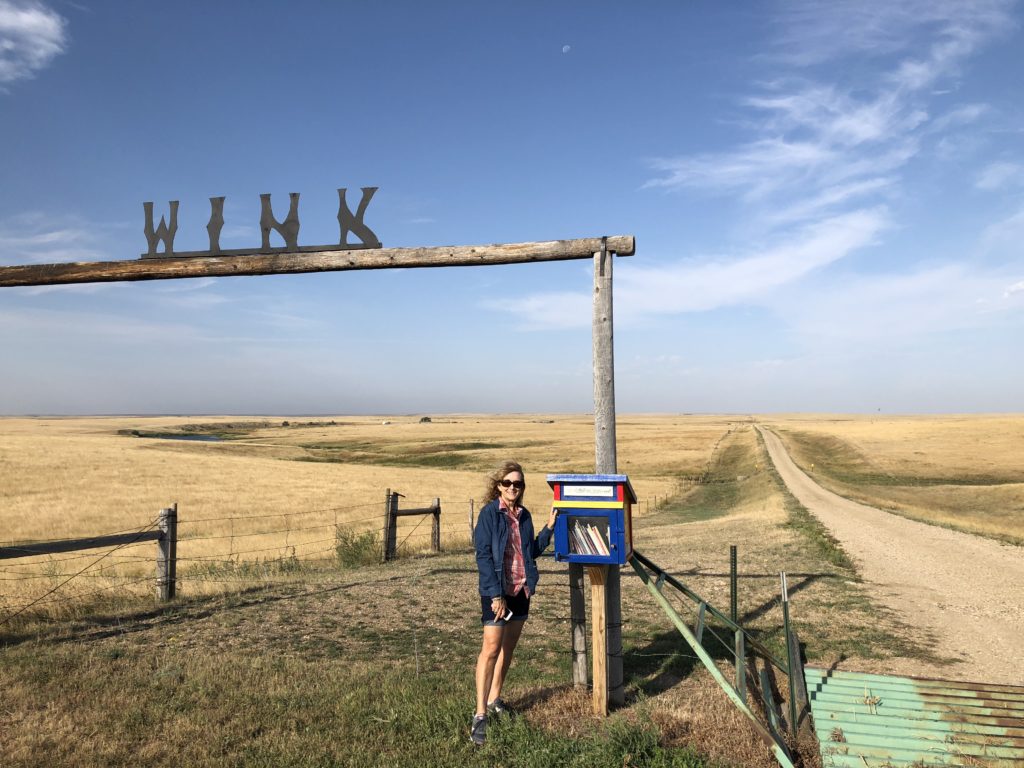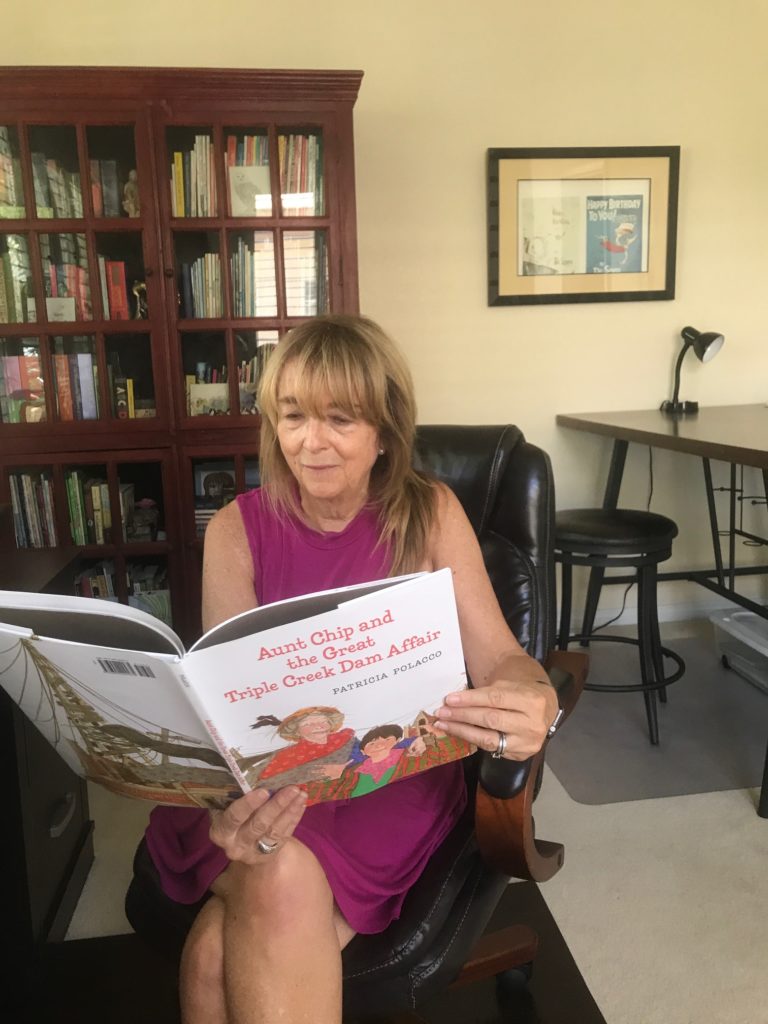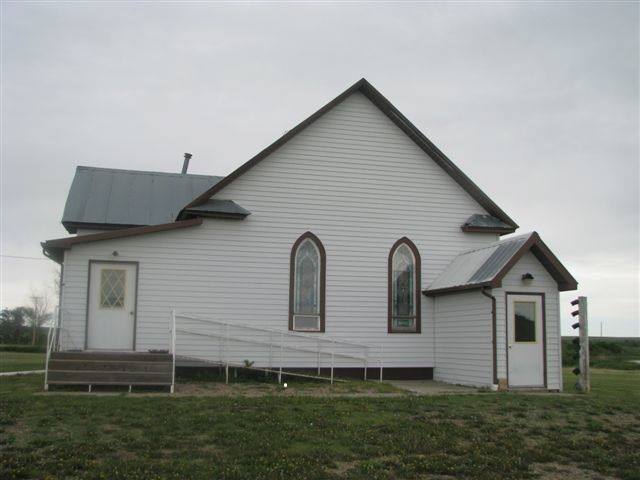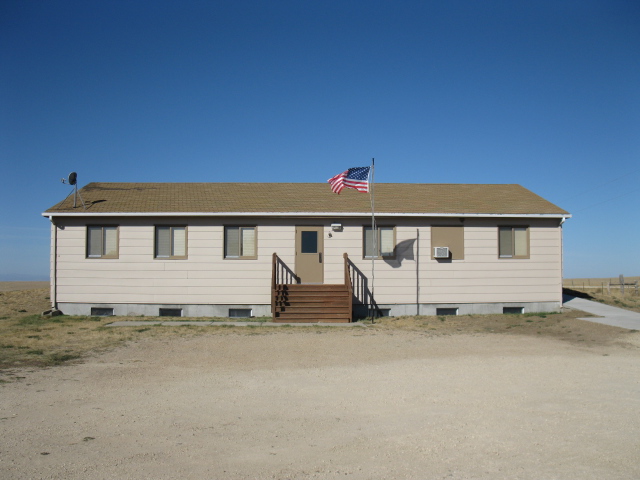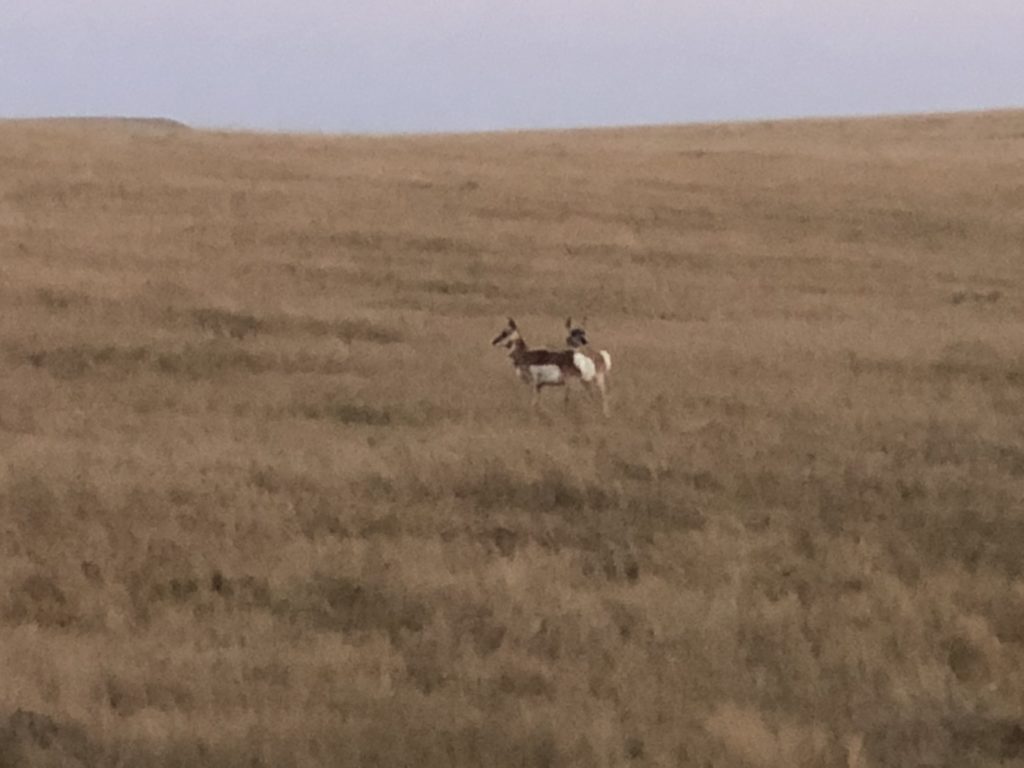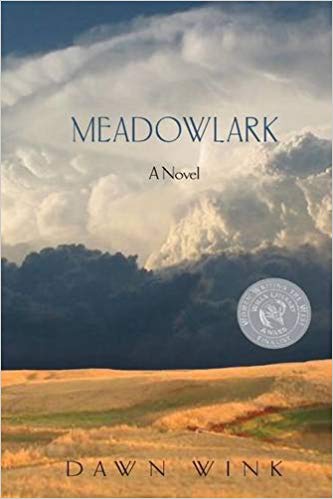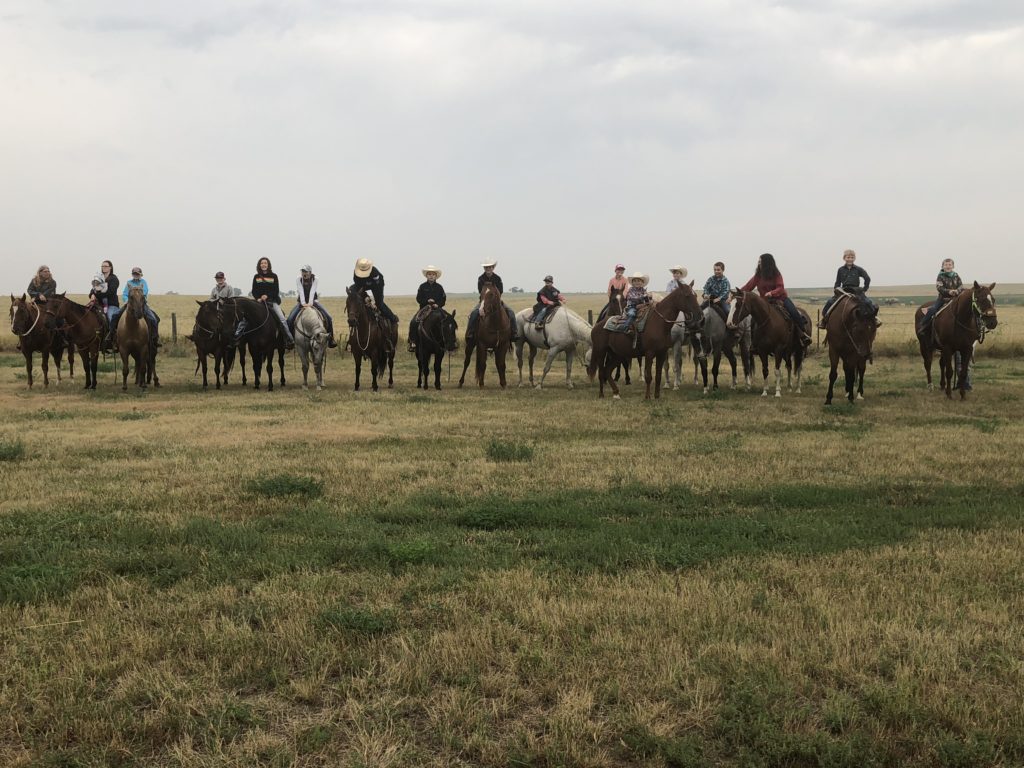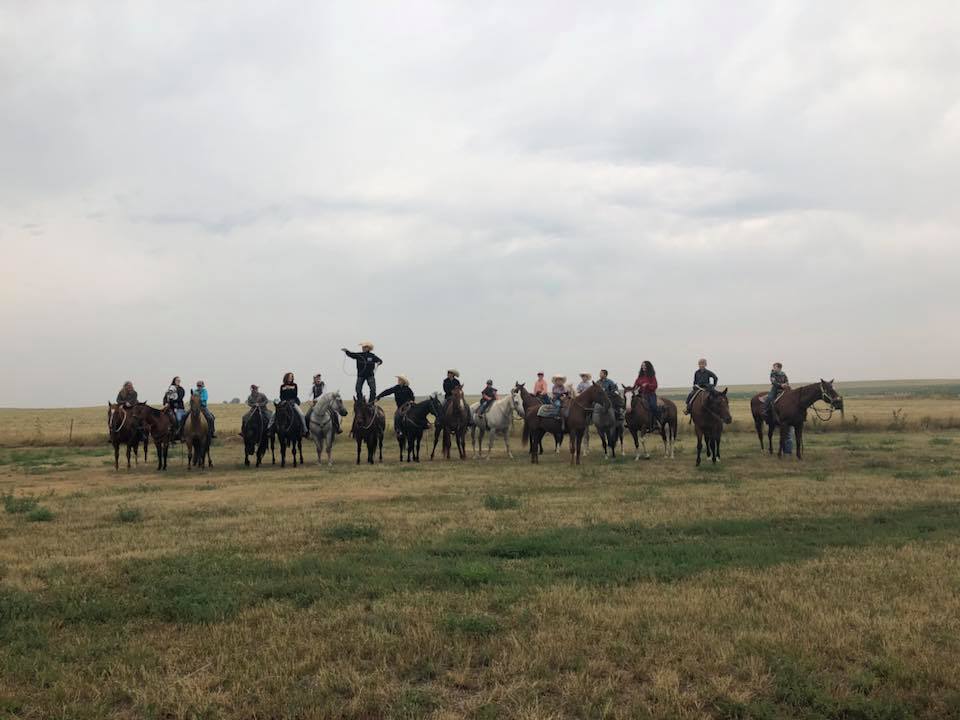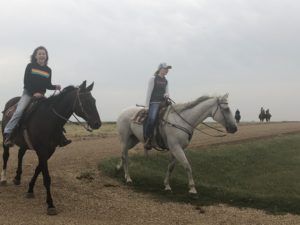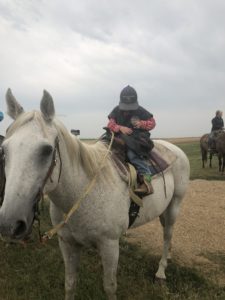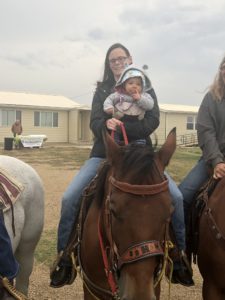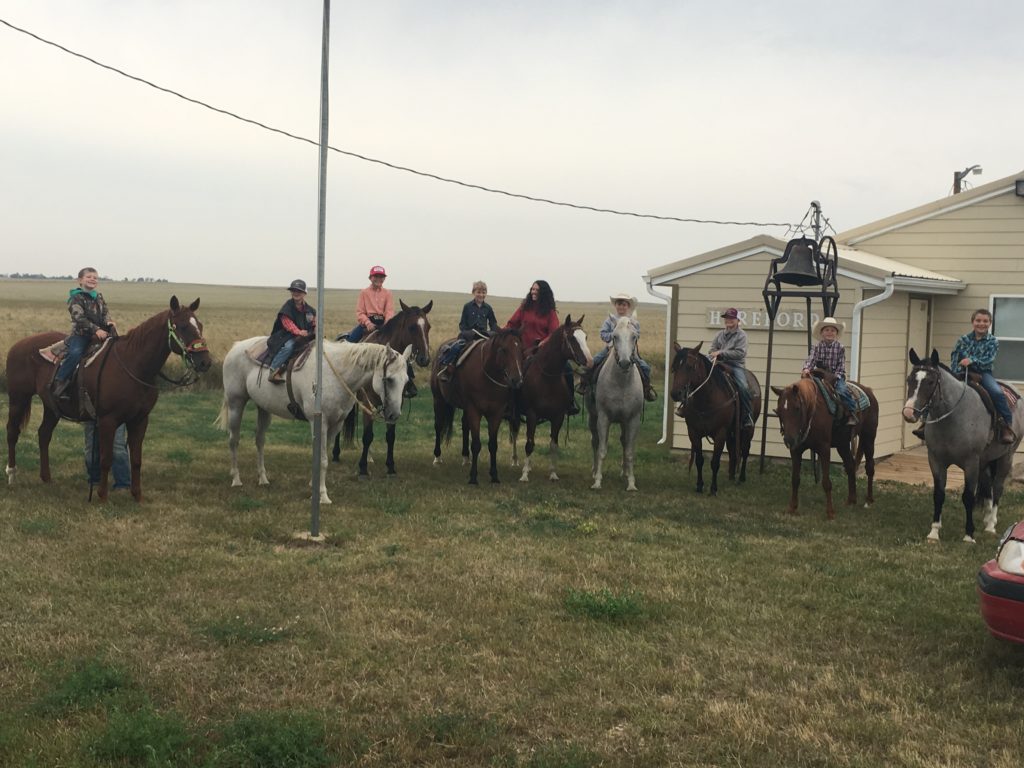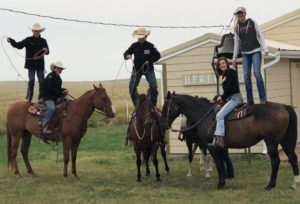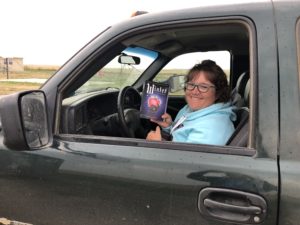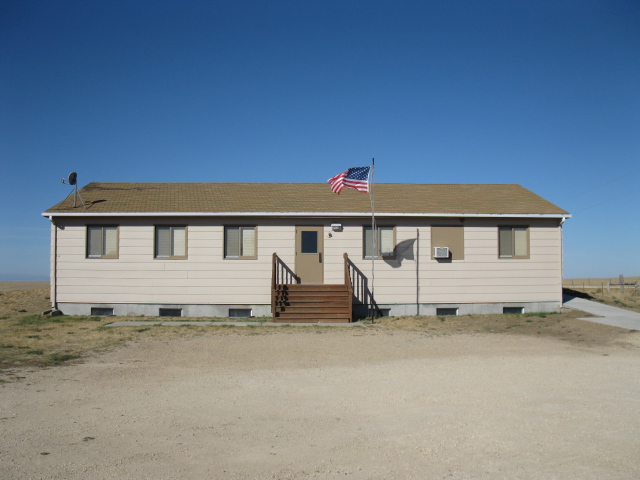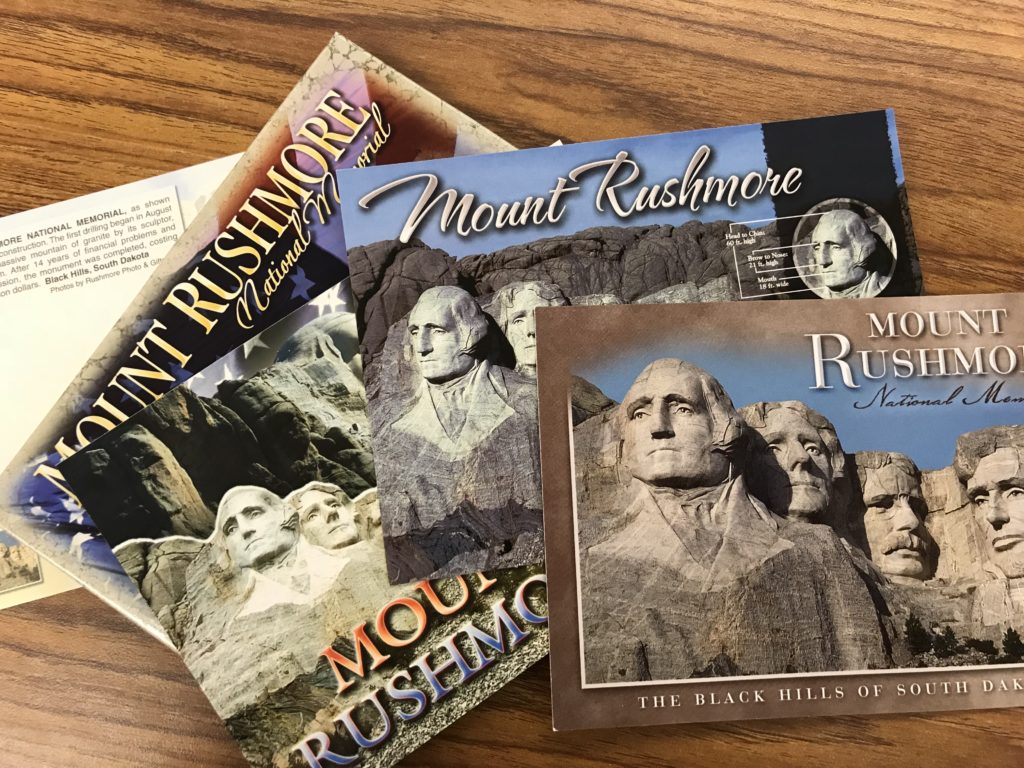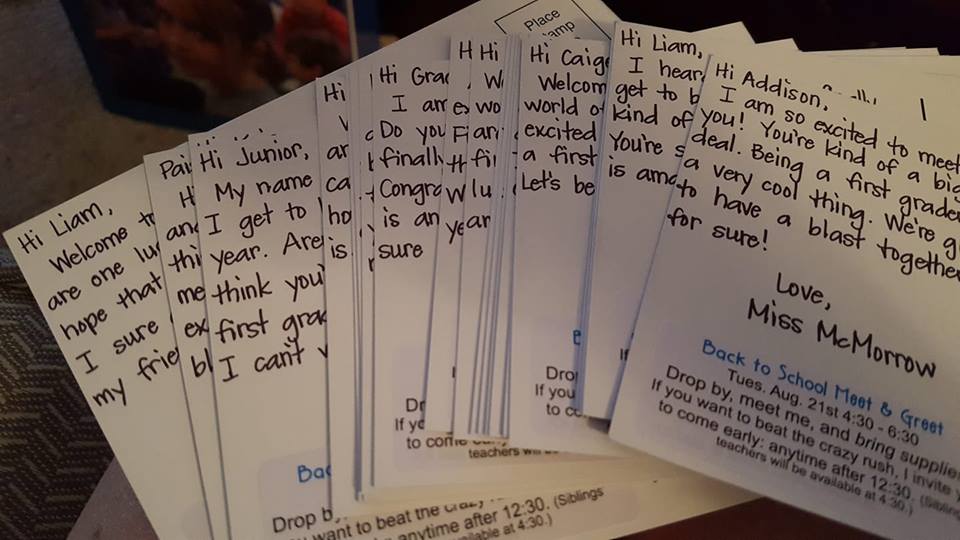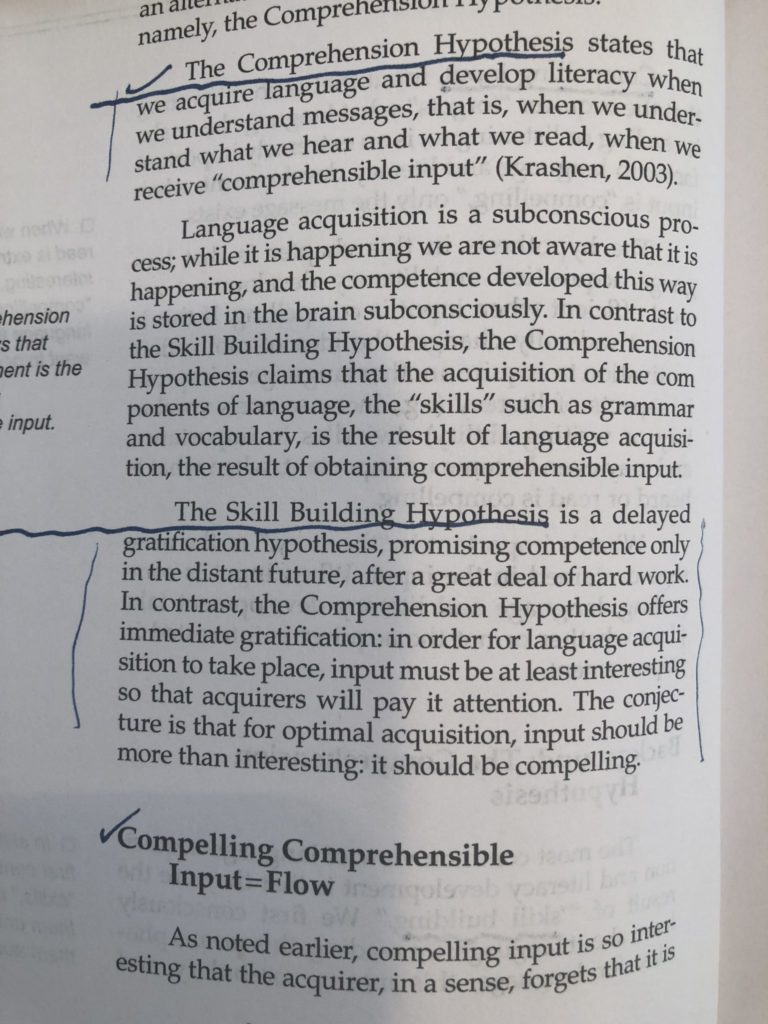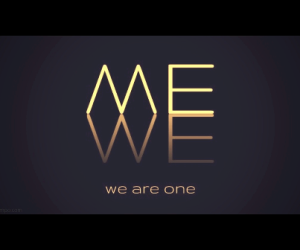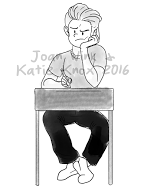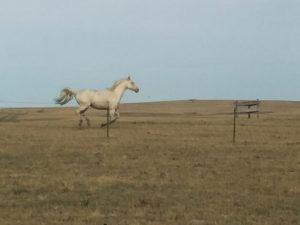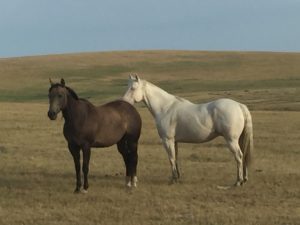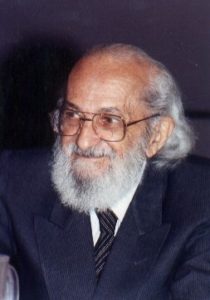Dear WinkWorld Readers,
Janet Towell is a dear friend from my CA days. Our offices were right beside each other, and we only lived a couple of blocks apart. We have been great friends since that time. After she left CSUS, she went on to Florida Atlantic University for great years there also. She has retired to Las Vegas, and she recently came to spend a few days with us. I must warn you that she is a city girl, and she found ranch life amazing. Every time we came back in the house, Janet went right to her journal and wrote so that she would not forget any details.
Readers, if you would like to connect with her (Dr. Janet Towell), you can find her on FB and/or she reads the responses to my blog.
Life on the Prairies . . . By Janet Towell
September 5, 2018
Joan Wink and I have been friends since the nineties. I have been wanting to visit her ranch in South Dakota for 25 years. Labor Day weekend I finally got the chance. Allegiant Airlines flies direct from Las Vegas to Rapid City, so that part was easy. Seeing her smiling face at the airport brought me such joy. I could not believe that I was actually in South Dakota after all these years.
Driving home from Rapid City in the dark was a big deal, although a normal part of life on the prairies. The drive takes approximately two hours. You have to constantly watch for deer on both sides of the road. At least there is very little traffic. Talking made the time go by quickly.
When we got to the entrance of the Wink ranch, Joan told me to get out of the car to look at the stars. What an amazing sight! The infinite number of stars was breathtaking. I had never seen anything like it. And that was just the beginning.
During my three days on the ranch, I felt like Alice in Wonderland, stepping through the looking glass into another world.
What I have learned so far about life on the prairies:
Ranchers know the meaning of the words “America the Beautiful”: “O beautiful for spacious skies and amber waves of grain”. The vast landscape is jaw dropping.
It is easier to get around on a ranch by driving a four-wheeler rather than riding a horse.
You should never leave home without your gloves, rubber boots and a walking stick. Everything on a ranch is dirty and rattlesnakes can be lurking in the tall grass.
JW’s comments: Please note that she is not wearing her gloves.
Reading is more important than TV, at least in the Wink household. The Internet is their link to the outside world.
Ranchers must plan ahead. The closest grocery store can be two hours away.
Prairie wives know how to cook and they cook a lot, especially during hunting season. Fast food is a pipe dream.
Prairie women are strong and independent. Most of them do it all: Cook, clean, drive a tractor or pick-up truck, help with calving and/or branding, haul hay, and take care of the kids (and most of them have large families).
JW’s comment: Most of the women I know, do all of this, but I don’t want you to think that I do. Recently a truck driver from San Francisco, CA was here. He sat in his truck and told me to jump into the tractor and move a piece of equipment, so he could get his truck where he wanted it. I replied, “I have spent my whole life NOT learning how to drive a tractor, and I am not about to learn for you.”
JW’s comment: This is Janet in her town life, doing a ReadAloud of one of my favorite stories from Patricia Polacco–Aunt Chip and the Great Triple Creek Dam Affair.
In fact, I love that story so much that ended The Power of Story with a story about it. Click below on “continue reading” if you would like to read it.
Human connections are vital. The local church is a safe place where the congregation (a close- knit community of 25 or so) can share their joys and sorrows.
Gravel roads are as prevalent as paved roads. There are over 1,000 miles of gravel roads in the county where Joan and Dean live.
One and two-room prairie schools still exist, but they are few and far between. Because of the dwindling numbers of students, their future is in jeopardy. We were able to visit with Missy on Friday, one of two teachers at the K-8 Atall School, an hour’s drive from Joan’s ranch.
Small towns may only consist of a post office, two gas pumps and a small general store. Although you must get your mail at the post office, Amazon will deliver packages to your door. Amazing!
JW’s comment: Janet, we feel so, so fortunate to have postal services out here. A few years ago, we all went to battle to save our little post office. I remember a federal official who came to talk at us, in his light blue shiny polyester suit at a local native school. We were all in jeans and working clothes. I remember an older native woman explaining to him that many of the Lakota simply cannot drive an hour or two to any other location, as they are so isolated and live in poverty. I remember him (the white man) telling her (the native woman) that she chose to live there. Obviously, he did not know his history, and I wrote to his boss in DC and the President and told them of this outrage.
There is an abundance of wildlife. Over the weekend I observed a couple of great blue herons roosting in an old cottonwood tree, six storks circling overhead, a herd of antelope, young antelope twins (orphans), ducks, Canadian geese, and a prairie dog town that had seen better days.
Many ranches were homesteaded in the early 1900’s and they have stayed in families for generations. Joan’s house (that belonged to her Grandma Grace) was originally built in 1910. The average ranch has 5,000 acres and 200 head of beef cattle (primarily Angus).
JW’s comment: Dawn’s book is available on Amazon. It is the story of my Grandma Grace, who was very important in my life growing up.
Most ranchers have their own gas tanks and generators. Power goes out frequently in the winter and gas stations are rare.
Water is a high commodity on the prairies, requiring ponds with dams, deep wells, miles of pipelines and numerous water tanks for survival.
JW’s comment: Janet and Wink playing in the water over at the truck washout.
Crops in southwestern South Dakota include wheat, sorghum, corn and sunflowers.
Hay must be baled, stacked and stored for the winter. Round hay bales can weigh between 1200 and 1500 pounds. Some years there is hay and some years there isn’t, depending on the weather.
There are not many trees but some, such as red cedars, grow along the river banks. The Wink ranch is near the Cheyenne River.
A variety of farm vehicles is required on a ranch: A John Deere tractor, pick-up truck, jeep or SUV, side by side, 4 wheelers, snow mobiles, and a riding lawn mower.
It is important to carefully latch the gates on the ranch so the cattle will not get out. (That’s another story about a bull that escaped on Saturday morning.)
JW’s comments: Fortunately, Janet spotted him as he strolled in front of the house. Wink went running and jumped in the side-by-side and put him back in the right pasture.
Ranchers follow this rule: “Early to bed and early to rise, makes a man (or woman) healthy, wealthy and wise.”
Everyone I met during my trip was so friendly, welcoming and warm. (They get very few visitors in this part of the world.) During emergencies, ranchers drop everything to help each other during times of crisis.
JW’s comments: Janet, you learned a lot!
Just being with Joan, talking about old friends and good times during our days as colleagues at California State University, Stanislaus, was the best part of the trip. In the words of the old Girl Scout song: “Make new friends, but keep the old. One is silver, the other is gold.”
Jt 9/6/18






